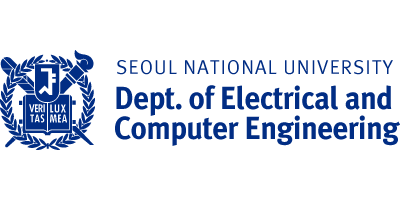Professor Byoungho Lee, develops a lens for augmented reality with wide field of view and high level of immersion (DongA Science 20181106)

Methodology of ‘See through Metalens’ developed by joint research team of SNU and KIMM (Korea Institute of Machinery & Materials). Photo credit: SNU
Korean research team figured out how to tackle the narrow field of view problem which hindered commercialization of augmented reality(AR) display.
A joint research team including SNU department of electrical engineering professor Byoungho Lee’s research lab and Junho Jung, vice president of Nano-Convergence Mechanical Systems Research Division of KIMM, announced on the 5th the development of a ‘light weight thin nano device’ that greatly improved the field of view, which was a fundamental problem of conventional glasses for augmented reality. Augmented Reality (AR) is a technology that directly projects images or words over the scenery the user perceives. However, there has been a challenge for commercialization due to the limitations in the size and field of view of the transparent eye piece where AR technology is implemented.
To develop an eyepiece for AR, the research team first fabricated a metamaterial with a thickness of 100nm(nanometer, 1nm is equal to one billionth of a meter) and named it ‘See-through metalens’. This lens acts as normal glasses to show the view of the real-world, but it can also control the refraction of light by printing patterns that are smaller than the wavelength of light on the surface of the lens.
See-through metalens is thin and lightweight so when it is used as eye-pieces of augmented reality glasses, a wider field of view can be achieved compared to the conventional methods. Also, compared to the conventional lenses, it can be located right in front of the user’s eyes, which has the advantage of maximizing the efficiency for high performance.
There has been numerous research on using metamaterials to make AR lenses, but due to technological limitations the size of the lens could only be smaller than 1mm in diameter. This research team fabricated a metalens with a diameter of 2cm. It can achieve a significantly wider field of view since it is bigger than the size of a human pupil. The experimental results showed that the field of view was about 90 degrees, which extended the field of view by 10 times compared to the previously developed AR glasses, providing a higher sense of immersion. Professor Lee said that they developed a solution for the limited field of view problem of augmented reality through metasurface structure for the first time in the world and explained that mass production will also be feasible, allowing the key technology acquirement in the competition for next generation display. The results of the research were published in the international journal ‘Nature Communications’ on the first of November.
Molecular structure of See-through Metalens
Source: https://ee.snu.ac.kr/community/news?bm=v&bbsidx=48100
Translated by Kyungjin Lee, English Editor of Department of Electrical and Computer Engineering, jin11542@snu.ac.kr


